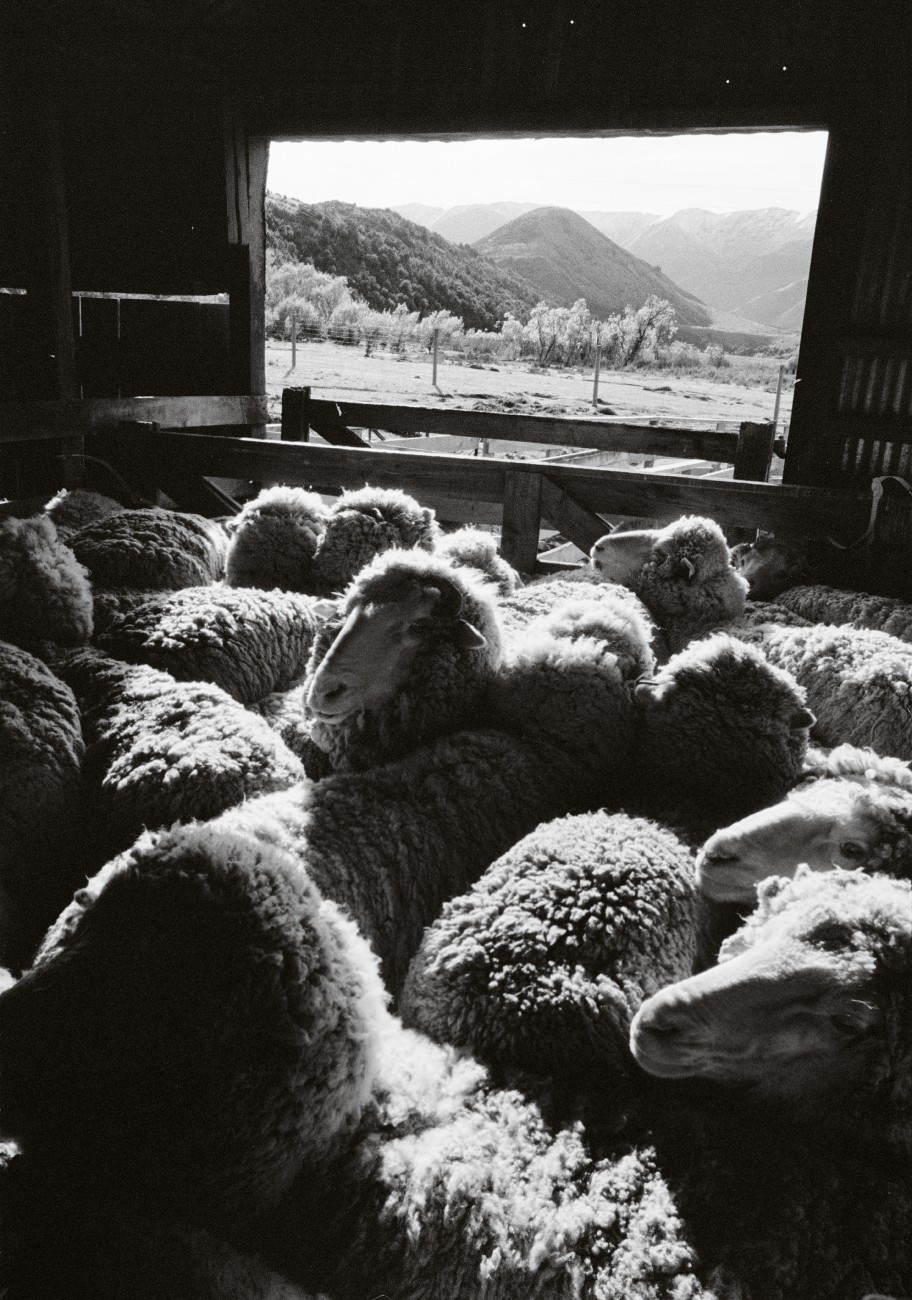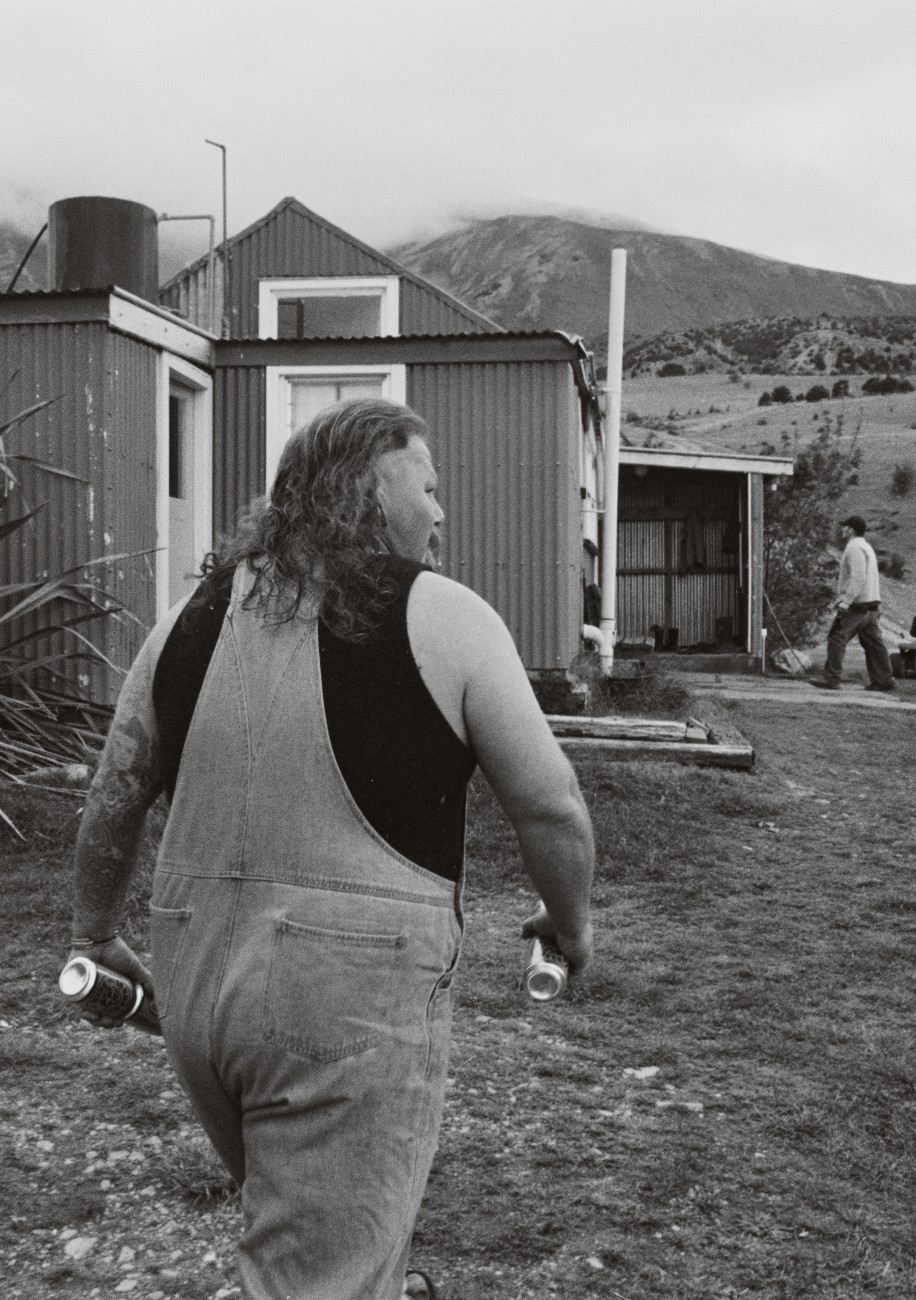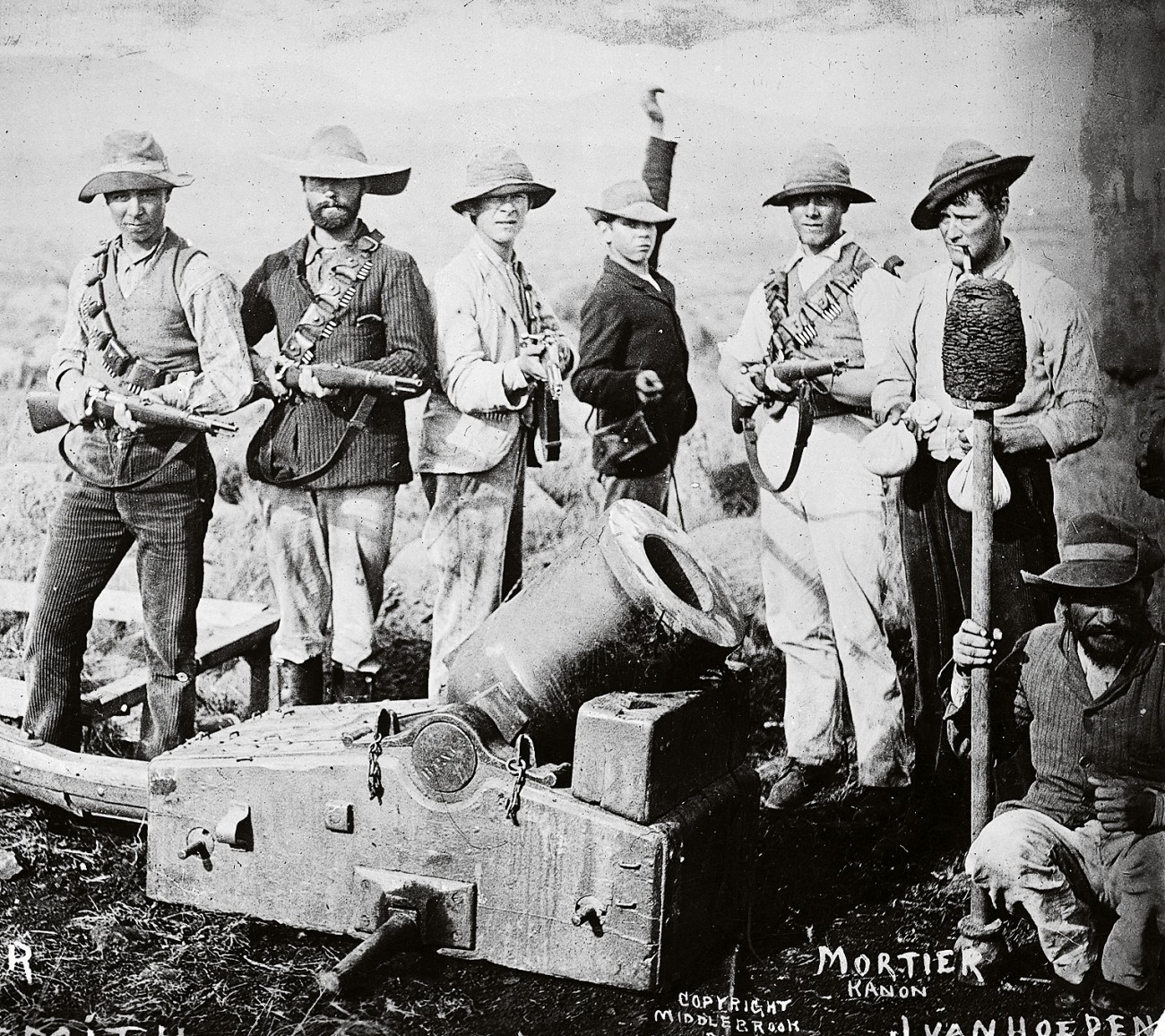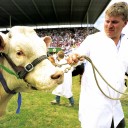
Shearers unplugged
In most New Zealand woolsheds the click of the shears has given way to the whine of electric handpiece. But there are still places where the traditional life of the blade-shearing gang continues. Hard work and honed steel are the hallmarks of a job which has changed little in centuries.

It takes me a while to generate enough warmth to fall asleep in the spartan shearers’ quarters of Mt White station. It must be well after midnight when I am jolted awake by a loud banging as somebody bursts into my room. In an instant I am wide awake and armed with my tripod, but the silhouette in the doorway turns out to be only Justin Woodrow, a shearer, looking for a mattress. Most of the gang arrived during the day, but his journey was delayed by an accident. He collected a wandering cow.
His truck was a write-off, and it took him a while to convince the owner of the cow to lend him a replacement car.
I wake again around 5 A.M. This time it is Jane Barberel, the station cook, in the next room, getting up to prepare the first of the day’s six meals for the 20 or so members of the shearing gang.
Soon the shuffling of shoes and squeaking of doors multiply as shearers and rouseabouts (shedhands or “rousies”) make their way up to the cookhouse. There has been no shearing work for the past three weeks because of bad weather, so the gang has been in recess. Now that the shearers are back together they use breakfast time to catch up on news and gossip. Hugh McLein, the wool presser, is new to this gang and introduces himself.

But this is no leisurely breakfast. The main object is to consume as many calories as possible, to fuel the body for the next few demanding hours. As soon as people finish their bacon and eggs they drop their dishes into the sink and make their way down to the woolshed. Hugh, an old hand at the shearing game, gives me a word of advice: “Whatever you do, don’t upset the cook.”
Eleven hundred merino sheep are waiting in the shed and another 7000 are in various holding pens and paddocks. In the past week, musterers on horseback and their dogs have combed the rugged high country of the station to round up the wethers and hoggets. The wool around the belly and face of these sheep has already been removed by a gang of machine shearers, who left yesterday.
“We just unzip them,” one of them told me. This speeds up the work for the blade shearers, which is important, because the limited feed around the woolshed means that the thousands of sheep must be returned to the hills as quickly as possible.
Around a million merinos in New Zealand are shorn this way, most of them in the high country of the South Island, where the weather can be harsh and unpredictable. True to form, since my arrival in Arthur’s Pass the wind has turned southerly, and although it is the beginning of November it has started to snow around Mt White.
Many high-country farmers favour the old blade-shearing methods because more wool is left on the sheep. “It’s like getting undressed but leaving a singlet on,” says Richard Smith, who has been managing Mt White station for 10 years. Hand shears also leave more of the wool’s protective grease on the fibres than electrically driven shears do.
“Five minutes!” calls Shelley Fairhall, the wool classer, starting the countdown. Keeping track of the time is important because there is a strong com‑petitive element to shearing. A shearer’s tally is not just the basis on which he is paid, it affects his ranking in the gang. The man with the highest tally takes the number-one stand—the “pole position”—next day.

Each of the 10 shearers selects a stand and begins to line up his tools: two sets of shears, a towel to wipe off the sweat, needle and thread in case a cut goes too deep (into the sheep, not the man), two types of sharpening stone a fine one to maintain the edge on the shears and a coarse one, which grinds more aggressively, for when the blades have become worn from hours of shearing—and a personal selection of oils and cutting agents for whetting the stones.
“Three minutes!” Boots are exchanged for felt slippers. Fingers are taped up or wrapped in bits of wool, calluses are taken off with grade 60 sandpaper. Some shearers set up a “bungy,” a curved metal support on springs which takes some of the weight off the upper body and greatly relieves the back.
“One minute!” Cigarettes are stubbed out, small tufts of wool are placed between blades in a final test of sharpness. If the wool is pushed along the blades towards the tip, more sharpening is required until the cut is clean. Sheep-counters are set to zero.
“Go!” The first sheep are dragged out of the pen. Cutting appears frantic to begin with, but soon the shearers warm up, get into a rhythm and peel off the wool in a beautiful flowing motion. As soon as a fleece hits the floor, a rousie picks it up, flings it onto the sorting table and prepares it for the wool classer.
Shelley sorts the fleeces according to the length and feel of the fibres, the frequency of crimps and the amount of foreign matter in the wool. She does this with great speed to keep ahead of the shearers, who are working flat out. She also keeps an eye on the whole woolshed, making sure all members of the gang do their work carefully. Each bale carries her number and reputation.
[Chapter Break]
The most striking thing about a shed full of blade shearers is how quiet it is. There is no noise of whining machines. This seems to relax the sheep and make them easier to handle. It also makes conversation possible. The atmosphere at Mt White is very sociable, with plenty of humour to break the monotony. At one point Patrick Oakes wonders aloud why there is a need for shearing contractors. Kerry Nolan, who runs this gang and is shearing on the stand next to Patrick, is quick to reply: “So the farmer only has to deal with one crazy person and not a whole pack of them.”
Between sheep the shearers give the edge of their blades a few skilful strokes with the finer of the sharpening stones before pulling another animal from the pen. Every now and then they encounter a sheep on which the wool has not developed properly. Usually the result of lice and constant scratching, the wool has turned into something that feels more like felt. This throws a shearer out of rhythm, slowing him down. The rhythmic peeling of wool turns into something that resembles ripping up an old carpet. The shearer grumbles, hoping the next one will be easier.
“Five minutes!” It is nearly time for smoko. When Shelley calls “Time!” no new sheep can be pulled out of the pen. Of course, clever shearers always manage to start on their last sheep just seconds before the call. Tallies for the session, or run, range from about 35 to 50. The day is divided into four two-hour runs, so a top shearer can average 200 sheep a day.

Jane brings a banana box full of sandwiches and biscuits. Tea and coffee are brewed in the shed. Shearers and rousies sit at a table with towels around their necks and food stacked up on their thighs. Some of the shearers do stretching exercises, rub arnica cream into sore joints or tape up blisters. And there is always sharpening. It takes a skilled shearer about an hour to set up a new pair of shears. First, a bevel is ground onto the blades using an electric grinder. Then a fine edge is developed using hand stones. Bits of tape and rope are arranged along the handle to make sure the tool fits the shearer’s hand exactly. A little piece of plastic or leather—the “knocker”—is placed between the blades near the base to soften the impact of each clip.
A new pair of blades is usually good for about 1000 sheep. On some stations, however, where the wool is full of sand and gravel, blades may last for only about 600 sheep before they become too short from the constant sharpening.
Once a pair of blades is of no more use to a shearer, it is traded in for a new pair at a farm supplies store. The worn but perfectly set-up blades are then sold to a farmer, who uses them for small shearing jobs.
[Chapter Break]
During the day Alex Macdonald’s counter is consistently ahead of those of the other shearers. Alex has been New Zealand blade-shearing champion three times and has come second in the world championships. Speed seems to be an essential part of his life, for he has also raced sprint cars and motorbikes.
Forty Bush, a shearer from England who joined this gang to learn more about blade shearing, watches Alex closely, emulating every move of the master. Forty’s ambition is to become the fastest blade shearer in the world, and he asks for some pointers. Alex is flattered by this attention but does not think he can offer much help: “You just get stuck into it and whack off that wool. You either have the knack or you don’t.”
If you have it, you can make a bit of money. Shearers receive around $1.75 a sheep. However, on some stations, with top-quality sheep, the farmers impose a speed limit to reduce the number of cuts but pay a higher rate.

Lunch break is up in the cookhouse. A quick cup of tea washes down the lamb chops before everybody returns to the woolshed. Someone has the CD player on full blast: “Life is a highway, come ride with me.”
Bob Ralls, 63, has been riding this road for 42 years. He has seen some changes. Electricity in sheds and sleeping quarters has greatly improved conditions for shearers, and also enabled the use of electric grinders. Grinders produce an edge much more rapidly than whetstones do. Better roads and cars have made remote stations more accessible.
But the strenuous labour of cutting the wool has not changed, and everybody welcomes the end of the last run of the day. Rousies tidy up the shed and shearers prepare their gear for the next day. Shelley does the paperwork and announces who has the highest tally. Today it is not Alex. An inflamed wrist “blew up” and slowed him down.
[Chapter Break]
The first beer is savoured outside the shearers’ quarters. Mt White is glowing in cold sunlight. The snowline has fallen and nearly reaches the station. The cookhouse is steamed up—Jane has been preparing dinner for hours.
Roast meat and vegetables is comforting food after a gruelling day in the shed. The meat is medium rare—“not a real roast,” says Charlie Bailey, a comment that does not go unnoticed by Jane. Later, when Charlie leaves the room, she serves up a wonderful dessert. By the time Charlie is back the dessert is gone. I recall Hugh’s words: “Don’t upset the cook.”
The incident does not dampen the mood. Shearers and shedhands move into the room next door—the “ra ra” room, Hugh calls it—each with their ration of beer for the night. Some carry two big bottles, others have a six-pack dangling from their callused hands.

These people enjoy the evening with the same energy and enthusiasm they show in their work. Stories are told. About black South African shearers working in New Zealand gangs who sheared so carefully because in their homeland they were beaten for every cut. About one New Zealand shearer who lost his season’s earnings in a Sydney casino and paid his fare home by winning a bet that he could eat five beer glasses.
As the conversation slows down, Bob brings out his CD collection and there’s a bit of a dance. At midnight a few people head for the sleeping quarters, and everyone else soon follows. Nobody needs an alarm clock. At 5.30 the place will come alive again.
After three days, Kerry’s gang has to leave Mt White to work on a neighbouring station 200 km away. They haven’t finished here, though, and will have to come back. They pack their tools and clothes into their cars quickly, because the last one out has to shut all the gates and will get the worst bed at the next station.
These people are used to hitting the road. It’s the shearing life. And for as long as there are markets for fine wool and people willing to learn an old-fashioned skill, high-country woolsheds will continue to hear the click of the shears.






















